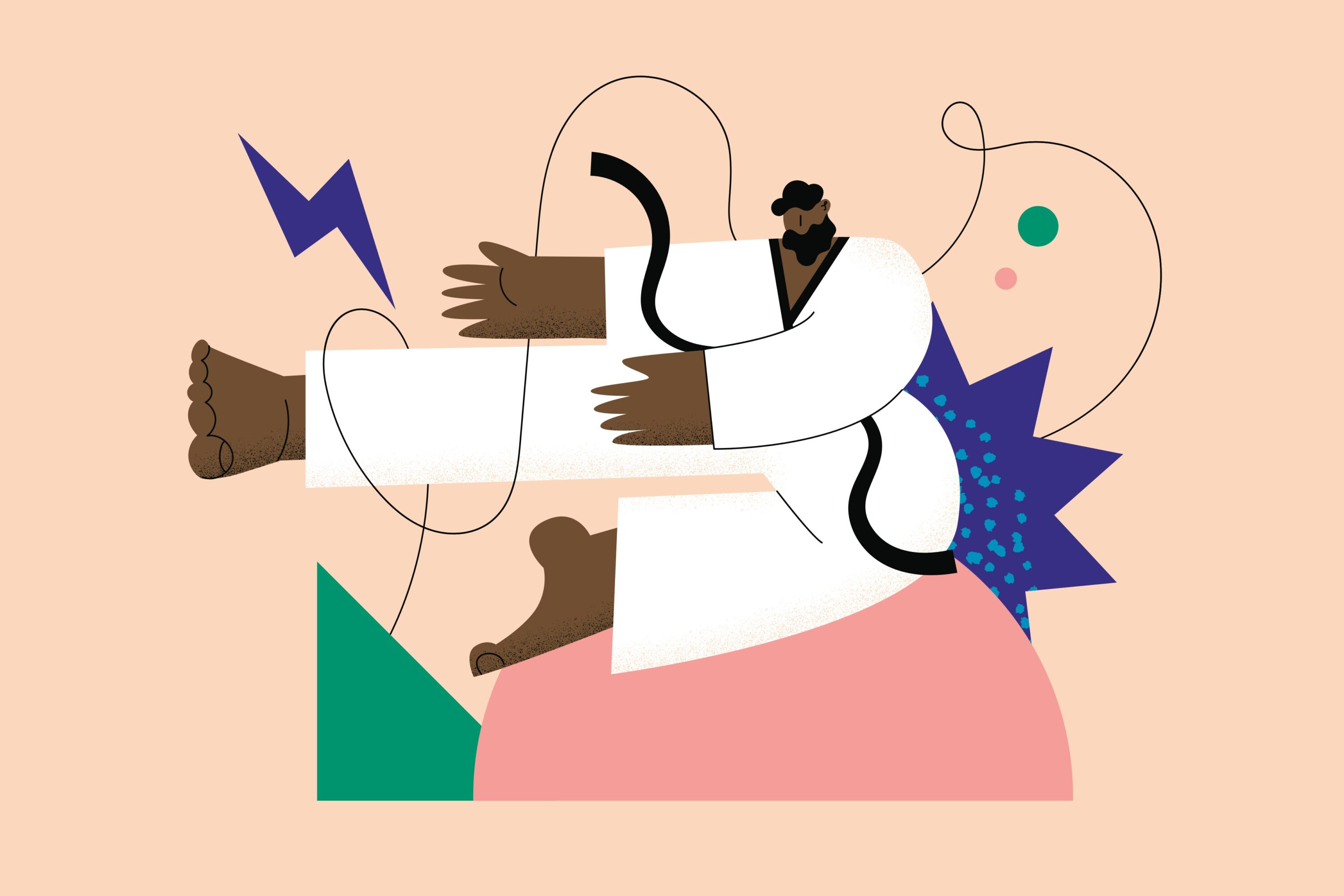It’s been one month since I joined Softwire. The first two weeks were largely filled with onboarding, inductions and meeting new colleagues. It was also the end of Ramadan – Eid was nice and so was the taste of coffee after an entire month without. Over the last two weeks, work has started to ramp up, which I’m pleased about. I had a long 3-month notice period so I’m well rested.
What I’ve really been looking forward to is meeting the delivery teams, and clients and learning about the projects I’m going to be supporting. Leadership roles in Gov are wide-reaching, which I enjoyed, but towards the end, I wasn’t doing the glue work I loved – it’s nice to support gov delivery again, albeit from the other side.
Conversations with clients have felt natural, I can empathise with the delivery challenges they are facing, the growing pains from scaling, the difficult budget trade-off decisions, the governance hurdles and the ambition to deliver fantastic public services.
It’s felt good to be creating roadmaps, workshopping outcomes, forecasting options and thinking about the size and shapes of teams. I also got involved in some proposal work, which is new to me – I’ve lost count of how many of these I’ve reviewed and scored over the last few years, but now I can see first-hand the work that goes into writing these. It’s very impressive!
OKRs
Part of my reading was to familiarise myself with the org strategy and OKRs. I’ve had some good experiences with OKRs in the past, I feel like they are an effective way of aligning the work of teams with the organisation’s strategic goals – A golden thread.
- Provide transparency by making objectives and key results visible, tangible and actionable
- Encourage accountability and ownership by allowing individuals and teams to see how their work contributes to the overall objectives.
- Allow for better decision-making by providing measurable insight into what is working and what needs improvement.
- Encourage focus and drive to make a positive change across the organisation.
What I’ve learnt from not-so-good experiences:
- OKRs in isolation are pretty ineffective. You need a clear, coherent strategy. Strategy is the ‘why’ and OKRs specify the key areas of focus and how you measure progress.
- OKRs that don’t inform decision-making are a waste of time. People should be able to use OKRs as a way of directly prioritising their work and making trade-off decisions.
- Teams should propose the initiatives to be done and how to achieve them. But of course, include context around rationale with data, insight, and analysis to answer why X over Y.
- Identify dependencies. Fuzzy or large KRs with external dependencies that teams did not have control over are almost impossible to achieve
- Keep them fresh. Quarterly OKRs worked like a dream at GDS. Don’t stick them in the drawer, review, communicate and track frequently!
Kick-offs
I got the opportunity to help kick-off a new piece of work. When I’m starting any new project, the process I usually follow is:
- Internal kick-off meeting (with your own team)
- Review the brief. Discuss goals, scope, approach, risks, skills, assumptions
- Highlight what information you need from the client to gain enough confidence to create a plan
- Client or stakeholder pre-meet (Informal catch up)
- Establish some rapport with the client or key stakeholder
- Play back the project details from internal kick-off. Share success stories/learnings.
- Get as much relevant information as possible prior to the kickoff meeting to refine the agenda and build high-level picture
- Identify who needs to attend the formal kick-off
- Formal client project kick-off
- Discuss objectives and outcomes
- Discuss the scope (and what is out of scope)
- Go through a high-level plan
- Discuss risks, dependencies, constraints and assumptions
- Agree on a communication and governance plan
- Discuss next steps
This is all part of an overall goal to establish a shared understanding of what the ask is. Identifying the delivery approach and estimating roughly how long this will take (based on previous experience and constraints). This is achieved through conversations like those mentioned above, as well as running planning sessions with other professions in your team – before something formal is shared and agreed upon by everyone.
The outputs at the end will be different depending on if you’re a supplier delivering a specific outcome, a team delivering a stand-alone project, a digital service team delivering a Discovery or a long-lived service team delivering a new release.
What I’m writing
I met up recently with an old mate, former Head of Technology for GOV.UK, Himal Mandalia who encouraged me to share learnings from my time in Gov (As well telling me some incredible stories from his travels around the world). Some of this will be running lunch ‘n’ learns at Softwire, but also I’m eager to share more written articles to a wider audience.
Following my last post about the digital front door process, I’m currently writing a longer post about how to establish a lightweight governance framework for digital delivery teams. Here’s a hint, to give teams the best chance to succeed, they need:
- Work that has clear purpose + supported by stakeholders
- Clear strategic alignment
- Autonomy to shape and tackle their work, and trusted to make decisions.
- Support to follow the work through to conclusion (or to stop!)

One response
[…] (Via Roger Swanell) some great tips on doing OKRs well, and here’s Rumman Amin talking about his good experience of OKRs at GDS (you’re welcome!) and pitfalls to avoid (I… […]